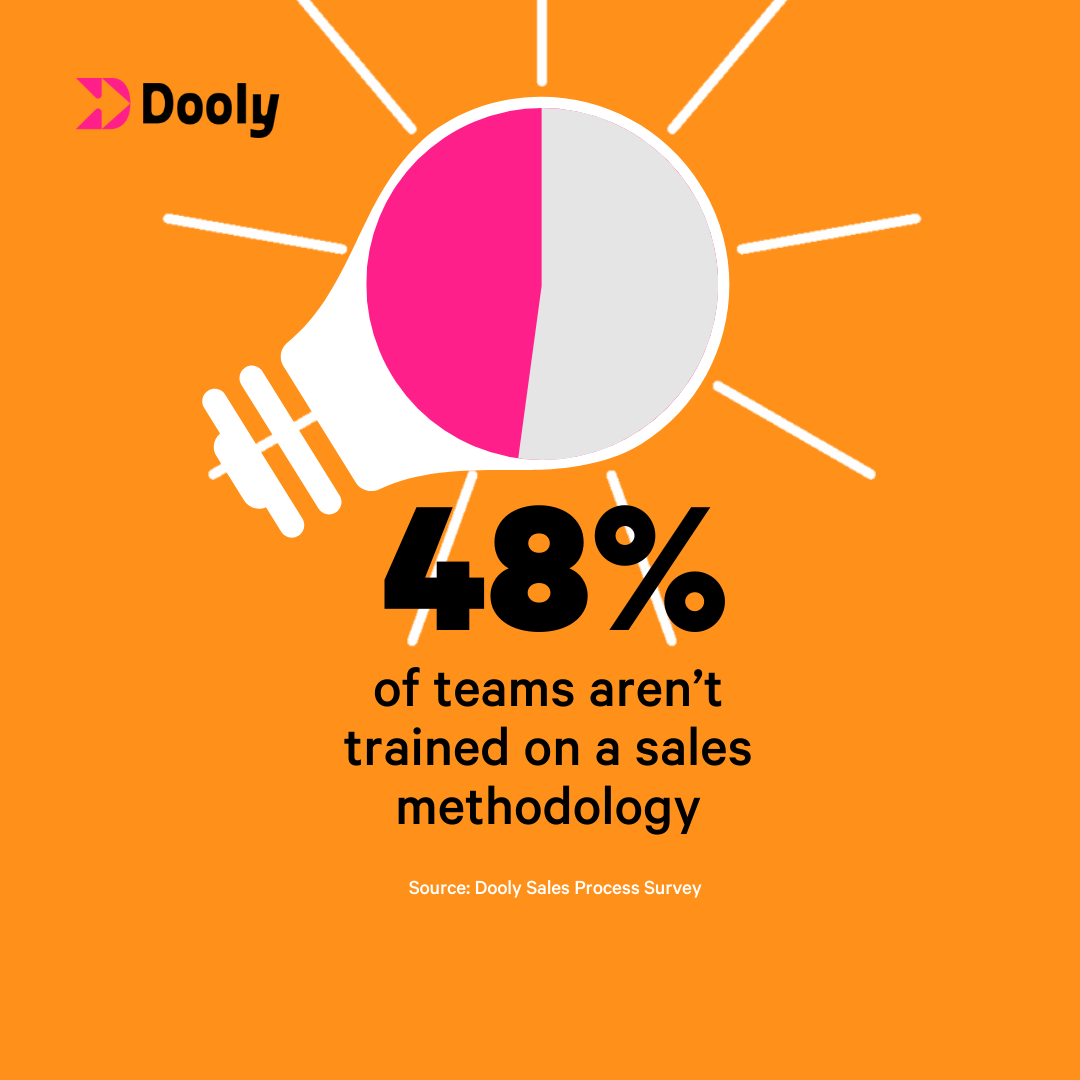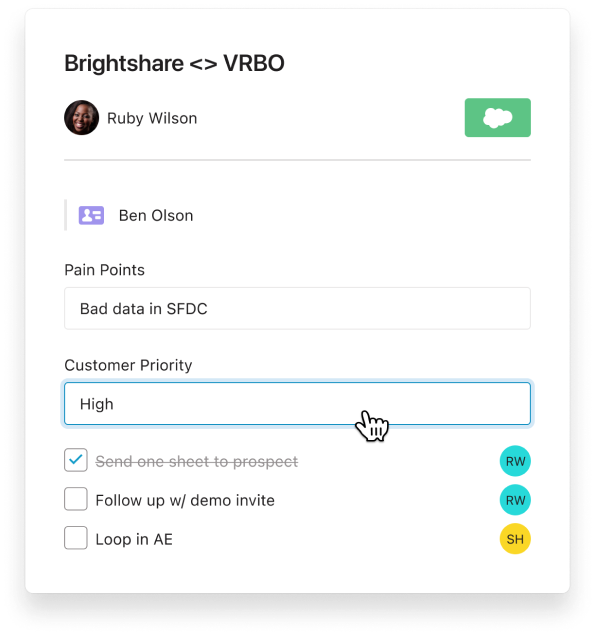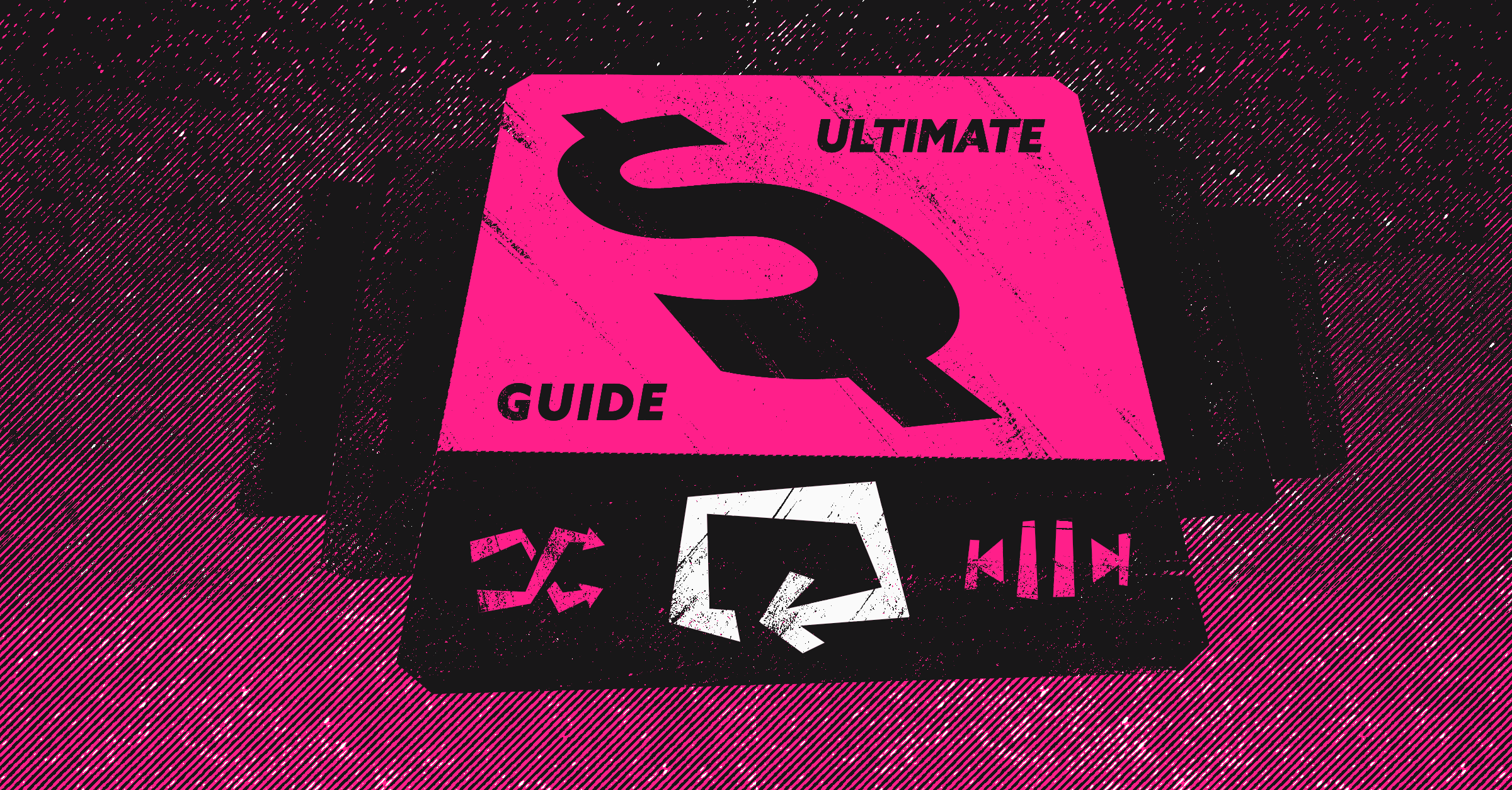
Sales has a “winging it” problem.
Some reps have so much natural ability that they can exceed their quota month in and month out without following any sort of framework or methodology. But they are the outlier. Most reps would benefit immensely from being trained on (and following) a sales methodology.
We wanted to take a look at whether sales teams are currently using any sales methodologies, so we polled hundreds of reps on their process to find out what they’re doing.
The results were surprising.
 |  |
When asked whether they preferred working from a sales script or a sales framework, 15% said they preferred a script, while 85% preferred a framework.
And when asked whether their team was trained to follow a sales methodology, 48% (nearly half!!!) responded that they were not, while 22% said they followed an unspecified methodology (presumably, an internal process, or one that’s not as well-known).
As for the other respondents, they’re using one of the four main sales methodologies. We’ll dig into each one below, and explain how each one works. And if you’re a sales leader who is in that 48%, you might want to consider whether implementing a methodology can help you close more deals.
Here are the four sales methodologies that sales teams are using:
1. SPIN
SPIN selling is a sales methodology based on the 1988 book, Spin Selling, by Neil Rackham. In this methodology, reps organize sales calls using questions from four categories: situation, problem, implication, and need-payoff.
This approach focuses on buyer problems and challenges and essentially frames the sales process as a series of questions, with each question moving the sales process along until it culminates in the need-payoff questions, which presumably close the deal.
The upside to SPIN is that it focuses on the buyer’s problems and needs, and the question “themes” are open-ended enough to elicit important information during discovery. But some criticize SPIN as outdated, as sales has grown more complex since the late 80’s. Either way, SPIN remains in use, with 7% of respondents following this methodology.
2. Sandler
The Sandler methodology, developed in 1967 by David Sandler, advises sales reps to act as a consultant rather than a rep whose main focus is to convince the prospect to take any sort of action. This methodology has seven steps: bonding and rapport, up-front contracts, pain, budget, decision, fulfillment, and post-sell.
Sandler is popular because it takes away a lot of the high-pressure sales tactics that both customers and sales reps despise, and allows reps to qualify leads early, eliminating those that won’t be a good fit. While groundbreaking in its time, Sandler remains one of the core sales methodologies, with 7% of respondents saying that they use Sandler at their workplace.
3. Challenger
Based on Brent Adamson and Matthew Dixon’s popular book The Challenger Sale, this modern methodology stormed the scene when it was first introduced in 2011.
The crux of this methodology is as follows: sales reps should identify a major problem that faces their prospect, then educate their buyer on their problem, priming them to want a solution (that the rep can then offer). Essentially, sales reps should be able to teach the prospect something new about their company, challenging them to move away from their status-quo, and toward your solution.
Challenger exploded on the sales scene partly because it did what it teaches you to do, it questioned long-held assumptions about sales methodologies like SPIN and Sandler. And the upside is similar: it offers the prospect a unique perspective, allows you to identify key value-drivers, and puts high-level economic considerations to the forefront of discussions (budget).
On the downside, however, Challenger is a fairly complicated and (ahem) challenging approach, and might not work for average reps, or for companies’ simple sales cycles. Nevertheless, 6% of respondents say they use the Challenger approach.
4. MEDDIC
MEDDIC was the most popular sales methodology used by respondents, with 9% saying they follow it. MEDDIC was developed in the 90’s, and stands for Metrics, Economic buyer, Decision criteria, Decision process, Identify pain, and Champion.
MEDDIC, at its core, emphasizes better customer qualification, focusing on who should and shouldn’t end up in your sales funnel, and, therefore, increasing your overall win rate.
One of the key advantages of MEDDIC is that it simplifies the sales process, which makes it extremely popular among entry-level sales reps. It is also said to save reps time, because of its intense focus on qualification.
The downside to MEDDIC is that it requires a bit of organization (as all sales methodologies do), and might not be ideal for a quick sales cycle. But no matter which sales methodology you decide to go with, you can be sure that you’ll be better off following a process than simply winging it, unless you’re in that .01% of reps who seem to be able to make things happen no matter what.
What about you? How effective is your sales process?
Take our free Sales Process Quiz to discover the blockers and opportunities in your current sales process and get insights on how to improve. In just 2 minutes.
Finally, a sales process that gives you the freedom to sell.
Use Dooly to keep your deals on track, and your manager off your back.
Try Dooly for free
Join the thousands of top-performing AEs who use Dooly every day to stay more organized, instantly update their pipeline, and spend more time selling instead of mindless admin work. Try Dooly free, no credit card required. Or, Request a demo to speak with a Dooly product expert right now.


